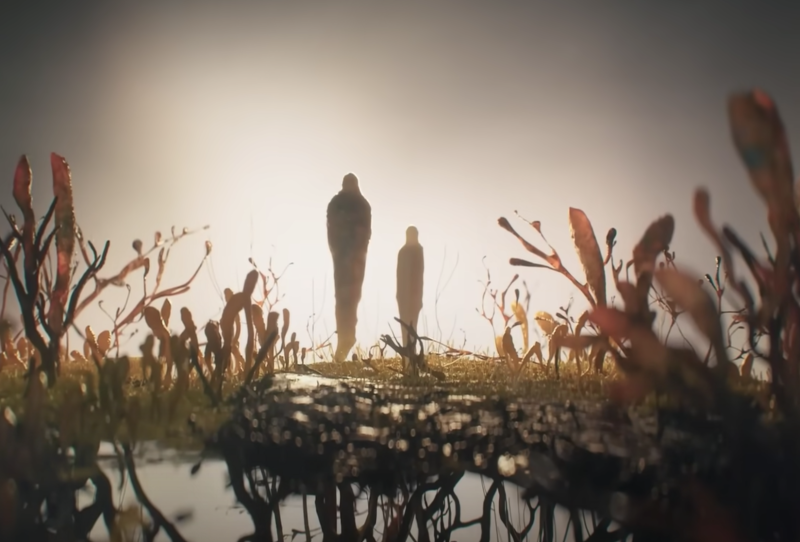Gusa will continue her work as an assistant professor at Duke University in May. And although she spends her days immersed in fungal research, she readily admits that the field has a PR problem. Until The Last of Us, the wider public has been largely unaware of the threat they pose. She hopes the show brings lasting attention to those already suffering from fungal diseases and boosts the surveillance and research capacity for the fungi that pose real threats to humanity.
“Whenever you have something that’s understudied, under-researched, and we don’t have the proper tools to fight it — well, that’s a cause for concern,” says Gusa. “And so, you know, I don’t want to sound alarm bells, but at the same time, there are already millions of people suffering from deadly fungal infections, and the attention has just not reached them.”
Listen to Short Wave on Spotify, Apple Podcasts and Google Podcasts.
Curious to hear more about science in pop culture? Email us at shortwave@npr.org. You can also follow Short Wave on Twitter @NPRShortWave.
This episode was produced by Liz Metzger, edited by Rebecca Ramirez and fact-checked by Anil Oza. Josh Newell was the audio engineer.

9(MDAxOTAwOTE4MDEyMTkxMDAzNjczZDljZA004))

